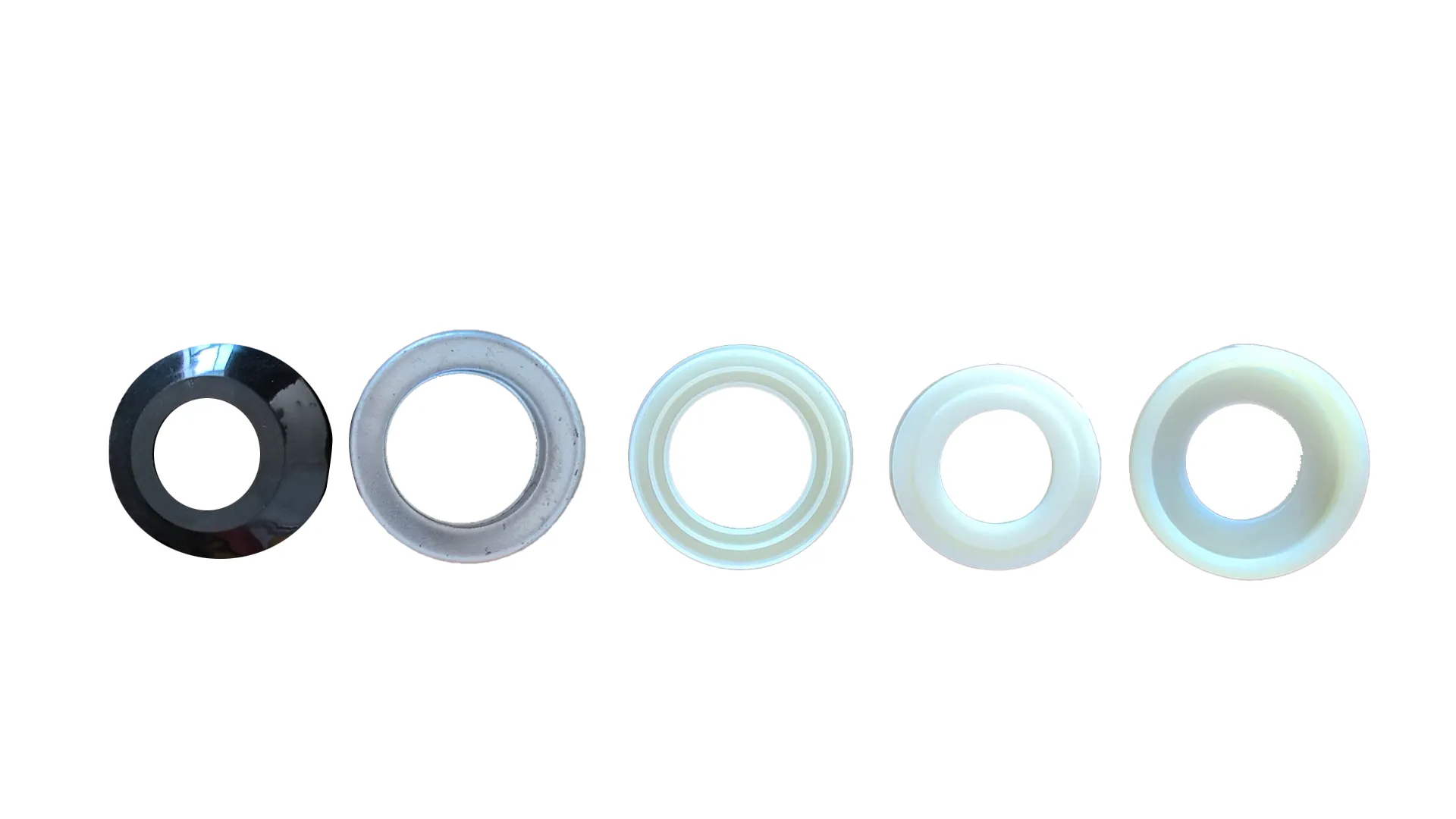 Afrikaans
Afrikaans  Albanian
Albanian  Amharic
Amharic  Arabic
Arabic  Armenian
Armenian  Azerbaijani
Azerbaijani  Basque
Basque  Belarusian
Belarusian  Bengali
Bengali  Bosnian
Bosnian  Bulgarian
Bulgarian  Catalan
Catalan  Cebuano
Cebuano  Corsican
Corsican  Croatian
Croatian  Czech
Czech  Danish
Danish  Dutch
Dutch  English
English  Esperanto
Esperanto  Estonian
Estonian  Finnish
Finnish  French
French  Frisian
Frisian  Galician
Galician  Georgian
Georgian  German
German  Greek
Greek  Gujarati
Gujarati  Haitian Creole
Haitian Creole  hausa
hausa  hawaiian
hawaiian  Hebrew
Hebrew  Hindi
Hindi  Miao
Miao  Hungarian
Hungarian  Icelandic
Icelandic  igbo
igbo  Indonesian
Indonesian  irish
irish  Italian
Italian  Japanese
Japanese  Javanese
Javanese  Kannada
Kannada  kazakh
kazakh  Khmer
Khmer  Rwandese
Rwandese  Korean
Korean  Kurdish
Kurdish  Kyrgyz
Kyrgyz  Lao
Lao  Latin
Latin  Latvian
Latvian  Lithuanian
Lithuanian  Luxembourgish
Luxembourgish  Macedonian
Macedonian  Malgashi
Malgashi  Malay
Malay  Malayalam
Malayalam  Maltese
Maltese  Maori
Maori  Marathi
Marathi  Mongolian
Mongolian  Myanmar
Myanmar  Nepali
Nepali  Norwegian
Norwegian  Norwegian
Norwegian  Occitan
Occitan  Pashto
Pashto  Persian
Persian  Polish
Polish  Portuguese
Portuguese  Punjabi
Punjabi  Romanian
Romanian  Russian
Russian  Samoan
Samoan  Scottish Gaelic
Scottish Gaelic  Serbian
Serbian  Sesotho
Sesotho  Shona
Shona  Sindhi
Sindhi  Sinhala
Sinhala  Slovak
Slovak  Slovenian
Slovenian  Somali
Somali  Spanish
Spanish  Sundanese
Sundanese  Swahili
Swahili  Swedish
Swedish  Tagalog
Tagalog  Tajik
Tajik  Tamil
Tamil  Tatar
Tatar  Telugu
Telugu  Thai
Thai  Turkish
Turkish  Turkmen
Turkmen  Ukrainian
Ukrainian  Urdu
Urdu  Uighur
Uighur  Uzbek
Uzbek  Vietnamese
Vietnamese  Welsh
Welsh  Bantu
Bantu  Yiddish
Yiddish  Yoruba
Yoruba  Zulu
Zulu conveyor lagging
Understanding Conveyor Lagging Enhancing Efficiency and Safety
Conveyor systems are vital in various industries, from mining and manufacturing to logistics and food processing. They facilitate the continuous movement of materials, ensuring efficiency in production and distribution processes. However, one of the crucial components that often goes unnoticed is conveyor lagging. This article explores the importance of conveyor lagging, its types, benefits, and maintenance considerations.
Conveyor lagging refers to the material that is applied to the surface of conveyor drums or pulleys. Its primary purpose is to enhance the coefficient of friction between the conveyor belt and the drum, ensuring optimal traction and minimizing slippage. Without adequate lagging, the conveyor system can suffer from inefficiencies, increased wear and tear, and even potential downtime due to belt misalignment or slippage.
There are several types of conveyor lagging materials available, each with its unique properties. Rubber lagging is one of the most common types due to its excellent grip and durability. It is particularly useful in high-capacity systems where the load is heavy, providing a robust surface that can withstand wear over time. Ceramic and polyurethane lagging are other options, offering heightened abrasion resistance and extended service life in demanding environments.
conveyor lagging

One of the significant benefits of proper conveyor lagging is the enhanced efficiency of the entire conveyor system. With better traction, the belt can maintain consistent movement, reducing the need for increased power consumption. This can lead to lower operational costs, making the system more economically viable over its lifetime. Moreover, by minimizing slippage, conveyor lagging helps prevent material spillage, which can create safety hazards and increase cleanup costs.
In addition to performance benefits, conveyor lagging also plays a critical role in safety. Slipping belts can cause not only operational inefficiencies but also potential accidents in the workplace. By ensuring that belts remain safely aligned and effectively transporting materials, lagging contributes to a safer working environment.
Regular maintenance of conveyor lagging is essential to maximize its life span and effectiveness. Inspections should be conducted to check for signs of wear, such as surface cracking or detachment. Prompt repairs or replacements of damaged lagging can prevent larger issues down the line, ensuring that the conveyor system operates smoothly.
In conclusion, conveyor lagging is a vital aspect of conveyor system functionality, affecting not only efficiency but also safety. By understanding its importance and maintaining it effectively, industries can enhance their operational success and safeguard their workplace.
-
Revolutionizing Conveyor Reliability with Advanced Rubber Lagging PulleysNewsJul.22,2025
-
Powering Precision and Durability with Expert Manufacturers of Conveyor ComponentsNewsJul.22,2025
-
Optimizing Conveyor Systems with Advanced Conveyor AccessoriesNewsJul.22,2025
-
Maximize Conveyor Efficiency with Quality Conveyor Idler PulleysNewsJul.22,2025
-
Future-Proof Your Conveyor System with High-Performance Polyurethane RollerNewsJul.22,2025
-
Driving Efficiency Forward with Quality Idlers and RollersNewsJul.22,2025





























